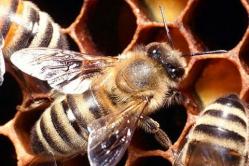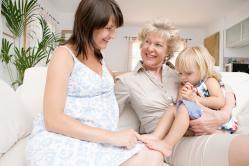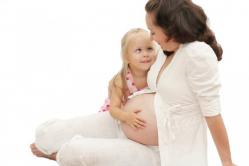Antipyretics for children are prescribed by a pediatrician. But there are emergency situations with fever when the child needs to be given medicine immediately. Then the parents take responsibility and use antipyretic drugs. What is allowed to be given to infants? How can you lower the temperature in older children? What medications are the safest?
Mother Nature has generously endowed every woman with the opportunity to breastfeed. There is no more tender sight than a child clinging to its mother's breast.
Unfortunately, this moment in the life of a young mother is sometimes overshadowed not only by slight soreness, but sometimes by unbearable pain. What are these unpleasant symptoms fraught with, and is it worth worrying about? Let's try to answer these questions.
From this article you will learn:
Pain varies
Listen to your feelings. An analysis of its characteristic features will help you understand how dangerous chest pain is after feeding.
- Chest pain after feeding, accompanied by uterine contractions (occurs in the first few days after childbirth). Contraction of the uterus is a natural process after childbirth. The hormone oxytocin, produced by a woman’s body during the postpartum period, strives to reduce this female organ to normal size. The mechanism of oxytocin production starts when the baby is applied to the breast, and the effect continues for some time after each feeding. These sensations will bother you for about 3-4 days in the postpartum period.
- During feeding, pain appears in the nipples, and then the entire breast hurts after feeding. Such symptoms are very painful and can be the result of several reasons: nipples of an irregular shape or there are cracks (abrasions) on the nipples .
- White nipples, as well as a feeling that the breasts are “on fire” during feeding, throbbing pain after feeding and a painful reaction of the breast to cold and drafts can be signs of vasospasm.
- Are the breasts hard and painful, and the skin above it looks pale and uncharacteristically shiny? Then the source of breast pain after feeding is stagnation of milk (lactostasis). Mommy experiences pain because the milk suddenly rushes into the mammary glands and compresses the ducts with its mass.
- If the stage of lactostasis is prolonged, redness, swelling and pain when palpated appear, there is a possibility that lactostasis has turned into mastitis. Confirming signs of this disease are chills, malaise and high fever.
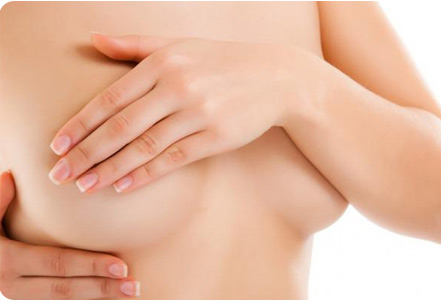
Causes and treatment
Contraction of the uterus
If breast pain after feeding is caused by the hormone oxytocin, then you need to be patient and wait a few days. As soon as the body returns to normal, the symptoms will disappear on their own.
The formation of cracked nipples has several possible causes:
- non-standard nipple shape (flat or inverted);
- Incorrect grasp of the nipple by the child during feeding.
In the first case, you should use special pads. They are completely harmless to the baby and make it easier for him to latch onto the nipple.
And in cases where cracks and abrasions have already made themselves felt, it is not enough to use special healing ointments in between feedings. It is necessary to work hard so that the baby learns to latch onto the breast correctly. This will not only prevent the appearance of new cracks, but will also be the key to fruitful long-term feeding.
Signs of vasospasm
Recommendations for relieving the symptoms of vasospasm are the use of dry heat. A directed stream of warm air from a hair dryer or a warm heating pad helps to relax the nipple. Doctors recommend wearing only cotton underwear or doing without it at all. A good effect comes from a warm, relaxing shower. Vasospasm completely disappears by the third or fourth month of feeding.
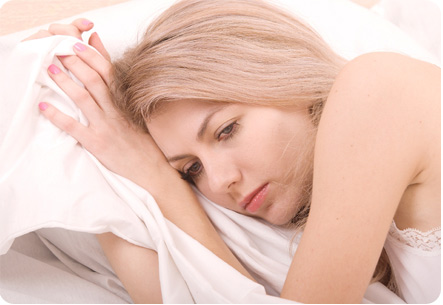
Milk stagnation or lactostasis
Milk stagnant in the glands and a woman’s body weakened by childbirth is fertile ground for infection. The risk of mastitis increases if a woman has cracks in her juices during lactostasis.
When all the signs indicate that lactostasis has begun, do not be lazy to express milk. First, express a little, then, when the spasm and soreness subside, give the baby the opportunity to satisfy his hunger and eat the rest of the milk.
If the pain does not subside within 2-3 days and your general condition does not improve, consult a doctor. He will prescribe medication and help prevent mastitis.
If lactostasis turns into mastitis
Mastitis is an inflammation of the mammary gland. Swollen and hardened (sometimes partially) painful breasts, bursting pain, high temperature (up to 40º), formation of ulcers on the chest - a reason to urgently consult a doctor for help. Do not heat the inflamed gland under any circumstances. While waiting for the doctor, pump carefully and apply ice between feedings.
Important! Be sure to consult a doctor if your symptoms are not described in the article!
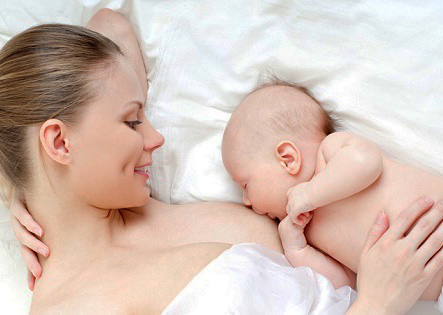
Choose healthy feeding without unnecessary worries
There are several simple rules for preventing cases of breast pain after feeding:
- Do not forget about the rules of personal hygiene and breast hygiene. It is necessary to rinse the breast and nipple with warm boiled water before offering it to the baby - an excellent way to prevent many infectious diseases.
- Watch for any cracks that form. Remember that every small crack in the nipple can cause big problems. Use healing agents. Avoid improper latching of the nipple by the baby.
- If the baby missed feeding as scheduled, it is better to pump the breast. To express effectively, many mothers use a combined method: breast pump + manual expression.
- And the last important information - when feeding, try to tune in to a positive wave and always stay on it. The mood of a young mother greatly affects not only her health and well-being, but also the amount of milk.
Video on how to avoid breast problems while breastfeeding

